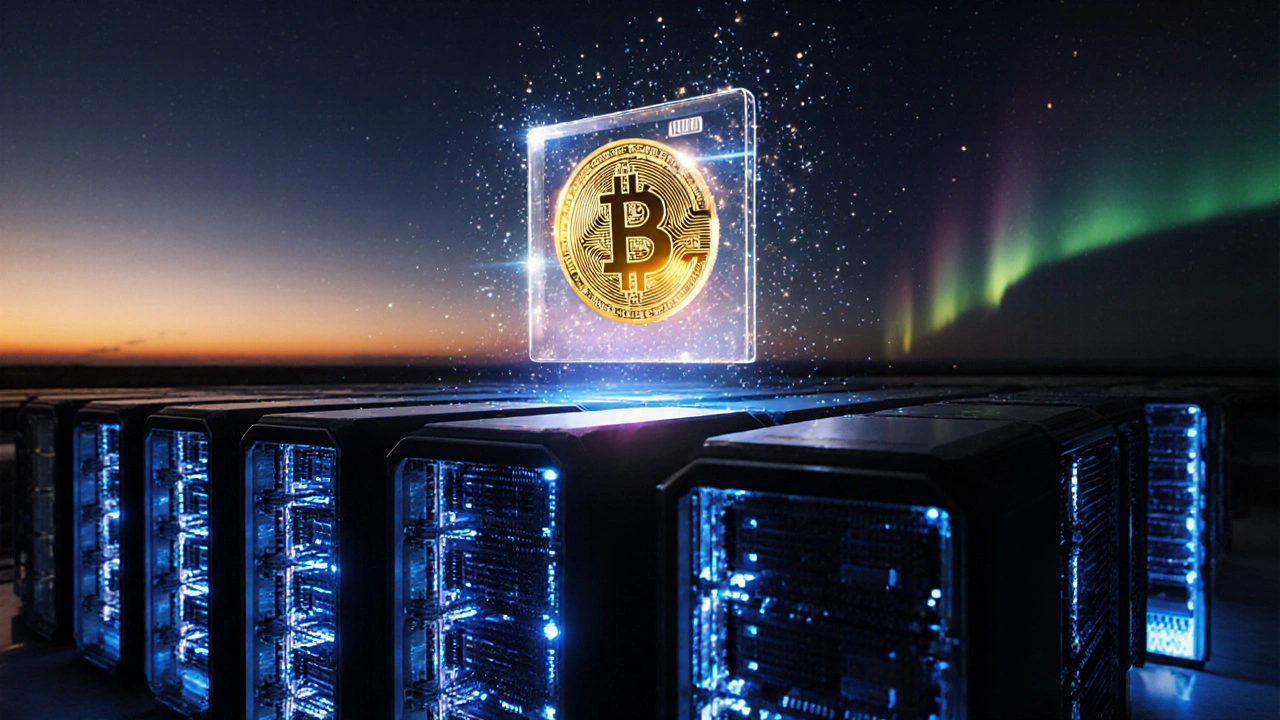Cryptocurrency Mining: How It Works and Why It Matters
When diving into cryptocurrency mining, the process of using computer power to validate transactions and secure a blockchain network. Also known as crypto mining, it turns raw computational effort into new digital coins and network trust. DAO, decentralized autonomous organization that lets token holders govern a protocol without a central authority and governance tokens, tokens that give holders voting power over protocol changes are two key concepts that often intersect with mining in modern ecosystems.
At its core, cryptocurrency mining requires specialized hardware—think ASICs or powerful GPUs—that crunch complex math puzzles. The successful solution creates a new block, adds it to the blockchain, a distributed ledger that records every transaction transparently and rewards the miner with fresh coins. This proof‑of‑work (PoW) model not only secures the network but also introduces economic incentives that fuel the entire crypto economy.
Why Understanding Mining Helps You Grasp DAO and Governance Tokens
Mining isn’t just about hardware; it shapes the supply of tokens that DAOs and governance frameworks rely on. When miners earn new coins, they often become early participants in DAO initiatives, voting on proposals that affect everything from fee structures to future upgrades. In turn, governance token holders can influence decisions about mining reward schedules or even transition a network from PoW to proof‑of‑stake (PoS), showing a direct link between governance tokens and the mining ecosystem.
Another layer is DeFi, where mining rewards are sometimes tokenized and fed into liquidity pools. This creates a feedback loop: mining fuels token issuance, token holders stake those assets, and the protocol gains stability. Knowing how mining generates value helps you see why DeFi projects often allocate a slice of rewards to DAO treasuries, reinforcing community control.
Practical considerations matter too. Mining profitability hinges on hash rate, electricity costs, and network difficulty. Beginners often start with a modest GPU rig, while large‑scale operators invest in ASIC farms and negotiate bulk power rates. Understanding these variables lets you evaluate whether mining aligns with your financial goals or if you’d rather support a DAO by buying governance tokens directly.
Security is another angle. A well‑distributed mining network makes attacks costly, protecting the blockchain that DAOs run on. Conversely, centralization of mining power can threaten decentralization, prompting DAO members to propose protocol changes—like adjusting difficulty levels or introducing hybrid consensus mechanisms—to keep the system resilient.
Overall, cryptocurrency mining forms the backbone of many blockchain projects, feeding token economies that DAOs and governance tokens manage. Below you’ll find posts that break down DAO basics, explore governance token risks, and give you a clear picture of how these pieces fit together in today’s crypto landscape. Dive in to see the full range of insights we’ve gathered for you.

Bitcoin Block Reward Explained: How It Works & Why It Matters
- by Zephyr Blackwood
- on 25 Sep 2025
Learn what a Bitcoin block reward is, how it halves, its effect on inflation, miner incentives, and what the future holds for Bitcoin's monetary policy.
